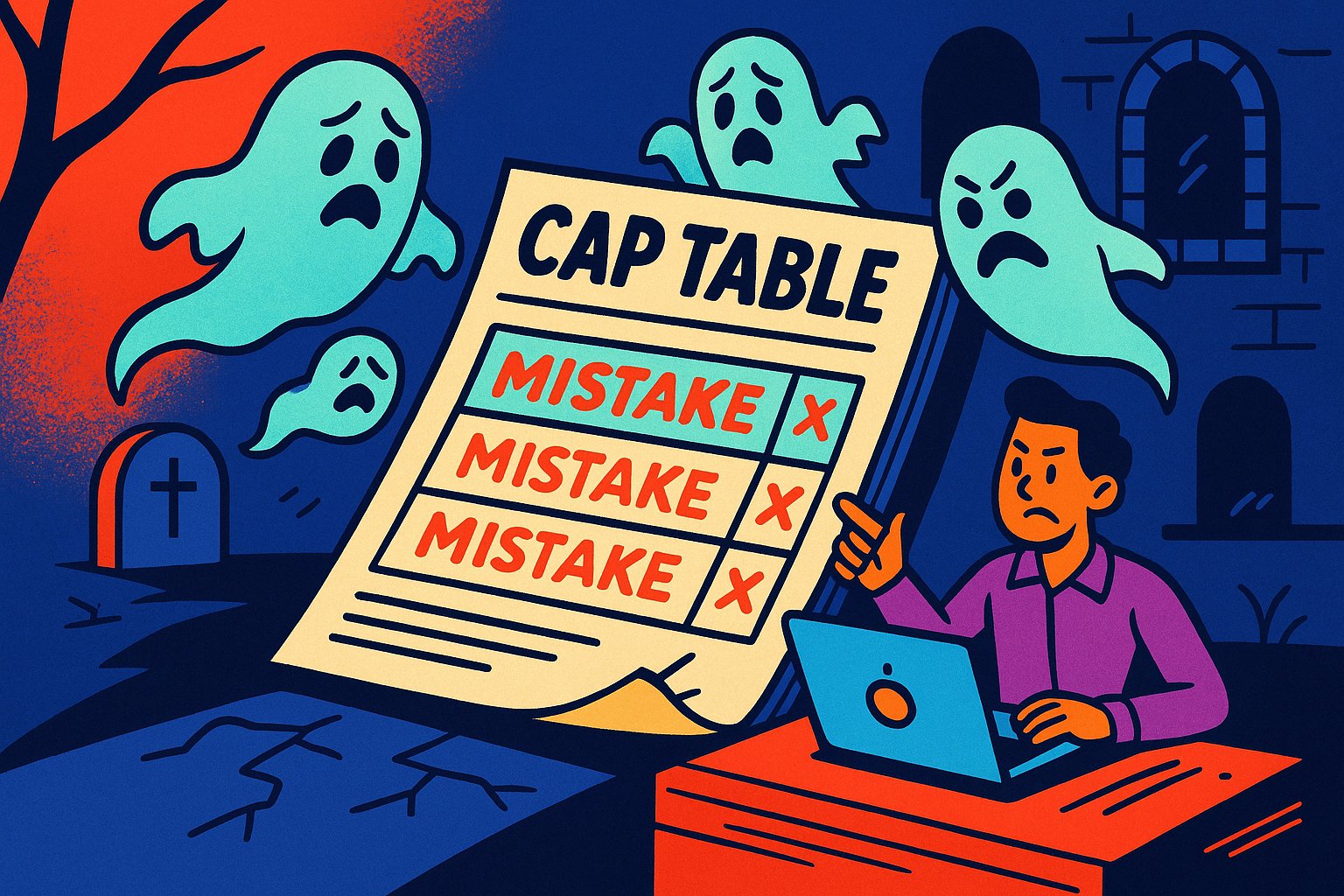Savoring the Moment: When Funds Finally Land
Closing a successful crowdfunding campaign feels like winning the lottery: the collective excitement, the flood of pledges, the validation that your idea resonates. Yet amidst the cheers, one burning question looms large: When will that money actually hit your bank account? Understanding the timing of fund disbursement is critical for planning product launches, hiring key personnel, or kick-starting your next growth phase. In this deep dive, we’ll guide you through the entire journey—from the moment your campaign ends to the funds clearing your account—unpacking platform mechanics, payment processes, compliance checks, and potential delays. By the time you finish reading, you’ll have a crystal-clear roadmap for anticipating every financial milestone so you can transform pledges into progress without missing a beat.
Unpacking the Escrow Phase: The Platform’s Safety Net
Most reputable crowdfunding platforms operate on an escrow model. As pledges roll in, incoming payments are held in a secure third-party account rather than going directly to your bank. This interim step protects both backers and creators: it ensures that campaigns meet their funding goals before any money changes hands, and it centralizes payment processing to streamline refunds in the event of a failed raise or chargeback disputes. Typically, once your campaign reaches its funding threshold—and any grace period for late pledges or cancellations expires—the platform initiates escrow release procedures. Expect this phase to last anywhere from 3 to 10 business days, depending on the platform’s policies and the volume of transactions processed. During this time, platform administrators reconcile pledges, verify backer payment methods, and prepare for the next step: disbursement.
Clearing the Hurdles: Payment Processing Timelines
After escrow release, funds enter the payment processing pipeline. Most platforms use established processors—Stripe, PayPal, Dwolla, or proprietary gateways—that then transfer funds to your designated bank account. Each processor imposes its own clearance windows: credit card transactions often take 3 to 5 business days to settle, while ACH transfers can extend to 5 to 7 business days. If your bank employs incoming-wire holding periods—common for incoming wires over certain thresholds—you may face an additional 1 to 2 business days of delay. In total, from campaign close to cleared funds in your account, you’re looking at a window of 7 to 15 business days under normal conditions. Remember, weekends and public holidays aren’t counted, so plan your launch timelines accordingly.
Compliance Countdown: Legal and Regulatory Reviews
For equity crowdfunding and debt-based platforms, legal compliance adds an additional layer of review before funds disburse. Regulations under the JOBS Act (Regulation Crowdfunding, Regulation A+, or Regulation D) require platforms to verify investor accreditation status, review offering documents, and file necessary notices with the SEC or state securities regulators. These compliance checks typically occur after your campaign closes and before escrow release—or in parallel—to ensure that only verified investments are included. Depending on the complexity of your offering, especially under Regulation A+ where audited financials and ongoing reporting obligations apply, this can add 5 to 30 business days to your timeline. Platforms often provide a compliance checklist and estimated timeframes, so engage early with their legal teams to avoid surprises.
Minimum Thresholds and Payout Triggers
Not every platform pays out immediately upon goal achievement. Some enforce a minimum funding threshold—for example, 90% of target goal—below which no funds are released. Others may trigger disbursement only at mid-campaign milestones, especially for large or flexible funding models. Understanding your platform’s payout triggers is essential: if you miss a milestone by a few percentage points, your funds could remain locked in escrow until you either meet the requirement or negotiate a manual release. Always review the “Payout Terms” or “Funding Rules” section in your platform’s help center and, if necessary, discuss exceptions with your campaign manager before launch.
Navigating Chargebacks and Refund Windows
Chargebacks and refund requests can derail even the most successful campaigns. Many platforms offer a refund window—typically 30 to 60 days post-close—during which backers can dispute charges or request refunds. Platforms must reserve sufficient funds to honor these potential reversals, and in some cases, hold a reserve buffer (often 5–10% of total funds) out of the initial disbursement. If your campaign experiences a higher-than-expected volume of refunds, the platform may delay or reduce your payout until the risk subsides. Mitigate this by setting clear backer expectations—delivery timelines, product specifications—and by maintaining open post-campaign communication to address complaints swiftly.
Platform-by-Platform Payout Profiles
While the overarching process is similar, individual platforms have their own nuances:
-
Kickstarter: Funds are disbursed 14 days after campaign end, provided you meet your goal and address any held pledges.
-
Indiegogo (Fixed Funding): Operates like Kickstarter, with a 14-day settlement period; under Flexible Funding, you can opt for Instant Funding but at higher fees.
-
Wefunder & Republic (Equity Crowdfunding): Escrow release after SEC compliance (5–30 business days), plus 7–10 business days processing—total up to 40 days.
-
StartEngine (Equity & Debt): Similar to other equity platforms, with a 30-day post-close compliance window before funds start flowing.
-
Patreon (Subscription): Monthly payouts on the 1st and 15th, with a 2–3 day processing delay; excludes weekends.
Always consult the platform’s payout schedule before planning expenditures tied to your campaign proceeds.
Planning for Post-Payout Success
Knowing when funds arrive empowers strategic planning. Align your product launch, supplier payments, marketing campaigns, and payroll to the anticipated cash-in timeline. Build a short-term buffer: reserve enough operational funds—perhaps 20% of your raise—to cover critical expenses in case disbursement is delayed. Communicate transparently with vendors and new hires about expected payment dates to maintain trust. For international transfers, account for currency conversion times and potential wire fees, which can add 2 to 5 business days. By orchestrating your post-campaign launch activities around a realistic payout calendar, you avoid cash-flow surprises and maintain momentum.
Troubleshooting Delays: When Funds Don’t Arrive
Even the best-laid plans can hit snags. If your payout exceeds the expected window, first check your platform dashboard for compliance flags, unverified backers, or refund reserves. Contact your platform’s support team to inquire about any holds—often, a simple document submission or payment verification resolves the issue. If the delay stems from your bank (e.g., incoming-wire holds or incorrect wiring instructions), coordinate with your finance department or bank representative to expedite release. Document all correspondence and keep your team informed to prevent business disruptions. Leveraging a predefined escalation pathway—platform rep, account manager, support ticket—helps resolve delays swiftly and professionally.
Leveraging Early Funding: Strategic Cash Allocation
Once your funds clear, resist the urge to sprint immediately. Revisit the roadmap and budget you presented during your campaign, then sequence expenditures to front-load high-leverage activities: product tooling, critical hires, or targeted marketing experiments. Delay lower-impact spends—office upgrades or non-essential travel—until you confirm initial traction. Consider reserving 10–20% of your raise as a contingency reserve for unexpected pivots or cost overruns. Early, judicious deployment of capital demonstrates prudent stewardship to your backers and sets the stage for future fundraising success. By aligning fund usage with strategic priorities, you ensure that every dollar propels your startup closer to key milestones and sustainable growth.
Future-Proofing Your Funding Strategy
Payout timing is only one arrow in your fundraising quiver. As you close this round and prepare for the next, reflect on how payment delays or buffers influenced your execution. Build stronger contingency plans, negotiate flexible milestone triggers with platforms, and explore alternative financing options—line of credit, revenue-based financing, or bridge notes—to smooth cash-flow valleys. Cultivate relationships with platform reps and payment processors to understand evolving payout policies. By integrating payout considerations into your broader capital strategy, you transform a once-murky process into a predictable business rhythm, empowering your startup to scale with confidence.
Understanding exactly when and how crowdfunding funds arrive is crucial for turning campaign excitement into tangible progress. From escrow reconciliations and compliance checks to payment processing and strategic deployment, each step shapes your post-campaign trajectory. Armed with these insights, you can anticipate every financial milestone, navigate delays with agility, and allocate resources with razor-sharp precision—ensuring that your crowdfunding success becomes the launchpad for your startup’s next big leap.




